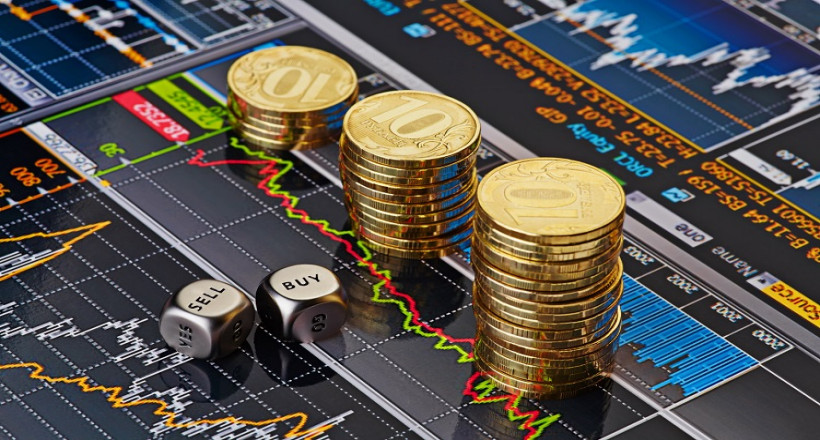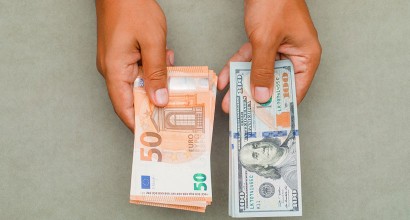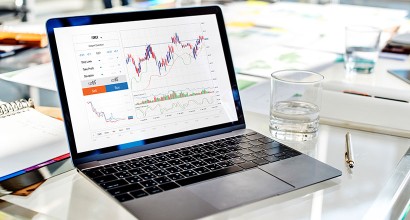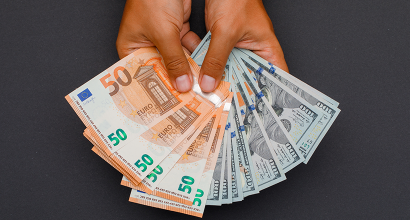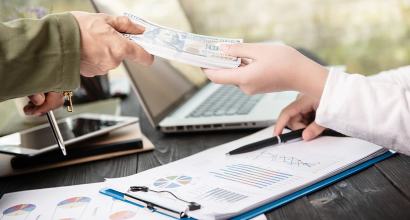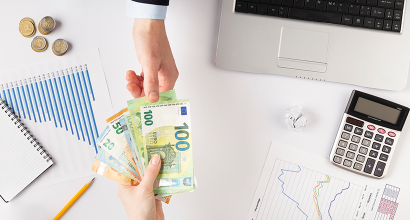why is money called a medium of exchange
Money is a fundamental part of modern society. We use it every day to buy goods, pay for services, and measure value. But have you ever wondered why money is called a "medium of exchange"? Understanding this concept is crucial to grasping how economies function and why money holds such an essential place in human civilization.
In this article, we will explore in detail what it means for money to be a medium of exchange, how it evolved, and why it remains so important even today.
What Does "Medium of Exchange" Mean?
A medium of exchange refers to an item that is widely accepted in transactions between buyers and sellers. In simple terms, it is something that people are willing to accept as payment for goods and services. Instead of bartering goods directly, people use money to make transactions easier and more efficient.
Before the invention of money, people engaged in a barter system — directly trading goods and services. However, barter had major limitations, which led to the need for a universally accepted medium. Money solved these problems by providing a common ground for trade.
The Evolution of Money as a Medium of Exchange
1. The Age of Barter
In early civilizations, people relied on barter trade. For example, a farmer might exchange wheat for cloth or tools. However, this system depended heavily on a "double coincidence of wants" — both parties had to want what the other offered. Finding this perfect match was time-consuming and inefficient.
2. Early Forms of Money
To overcome barter limitations, societies began using items like shells, salt, and precious metals as early forms of money. These items were valuable, durable, and widely accepted, making transactions smoother.
-
Cowry shells were used in Africa and Asia.
-
Salt was so valuable that Roman soldiers were partly paid in it (origin of the word "salary").
-
Gold and silver coins became popular due to their scarcity and intrinsic value.
3. Paper Money and Modern Currencies
As economies grew more complex, carrying heavy metals became impractical. Paper money emerged, first appearing in China during the Tang dynasty. Today, we use paper notes, coins, digital wallets, and even cryptocurrencies like Bitcoin — but all serve the same basic function: being a medium of exchange.
Why is Money an Effective Medium of Exchange?
Money is not just anything used for buying and selling. It needs to have certain properties to be effective. Here’s why money excels as a medium of exchange:
1. Acceptability
Money must be widely accepted by people within an economy. If no one trusts or accepts a currency, it cannot function as a medium of exchange.
2. Divisibility
Money can be divided into smaller units without losing its value. For example, a dollar can be split into cents, allowing transactions of varying sizes.
3. Portability
Effective money must be easy to carry around. Imagine trying to buy groceries with bags of rice!
4. Durability
Money must withstand repeated use without degrading. Paper bills, coins, and now digital money all offer durability suited to their times.
5. Uniformity
Each unit of money must be the same as another. For example, all $10 bills must have the same value to ensure fairness in transactions.
6. Limited Supply
Money must be relatively scarce to maintain its value. Oversupplying money can lead to inflation, reducing its purchasing power.
How Does Money Solve the Problems of Barter?
The barter system had serious challenges:
| Barter Problems | How Money Solves Them |
|---|---|
| Double coincidence of wants | Money is universally accepted |
| Indivisibility of goods | Money is easily divisible |
| Difficulty in storing wealth | Money can be saved and stored safely |
| Lack of common measure of value | Money provides a standard value system |
By acting as a medium of exchange, money eliminates the inefficiencies of barter, making trade faster, easier, and more reliable.
Examples of Money as a Medium of Exchange in Daily Life
-
Buying groceries: You hand over currency or swipe a card instead of trading eggs for bread.
-
Online shopping: You pay digital money via apps like PayPal, eliminating the need for physical exchanges.
-
Paying salaries: Employers pay workers with money instead of goods, giving employees the freedom to buy what they need.
In each case, money is the tool that facilitates the transaction, making it possible without a direct barter.
Different Types of Money Today
Money as a medium of exchange has evolved into various forms:
1. Commodity Money
Items like gold, silver, or other valuable commodities used historically as money.
2. Fiat Money
Currency that has value because the government declares it legal tender. Modern paper currencies like the US Dollar or Euro are examples.
3. Digital Money
Online payment systems like PayPal, Venmo, and cryptocurrencies like Bitcoin act as digital mediums of exchange.
Each type maintains the basic characteristic of serving as a widely accepted form of payment.
The Importance of Trust in Money
Money functions effectively because of trust. We trust that a $100 bill today will still be worth $100 tomorrow. If people lose confidence in the value of money — as happens during hyperinflation — its function as a medium of exchange collapses.
This is why stable monetary policies and strong institutions are critical for maintaining the role of money in an economy.
The Future of Money as a Medium of Exchange
Technology is rapidly changing how we use money. Mobile payments, blockchain technology, and cryptocurrencies are redefining transactions. However, no matter how it evolves, the core function of money — being a medium of exchange — will remain the same.
Future trends may include:
-
Greater use of digital currencies
-
Cross-border instant payments
-
Increased reliance on decentralized financial systems
Yet, the principle remains: money is the bridge that connects buyers and sellers.
Conclusion
Money is called a medium of exchange because it solves the fundamental problems associated with direct barter. It simplifies transactions, creates a common ground for value, and enables economic growth. Its ability to be accepted widely, divided, transported, and stored efficiently makes it an ideal tool for facilitating trade.
From ancient shells to modern cryptocurrencies, the essence of money has always been about enabling exchange. As long as human societies continue to tradejavascript:nicTemp();, money in some form will always serve as the vital medium connecting goods, services, and people around the world.
